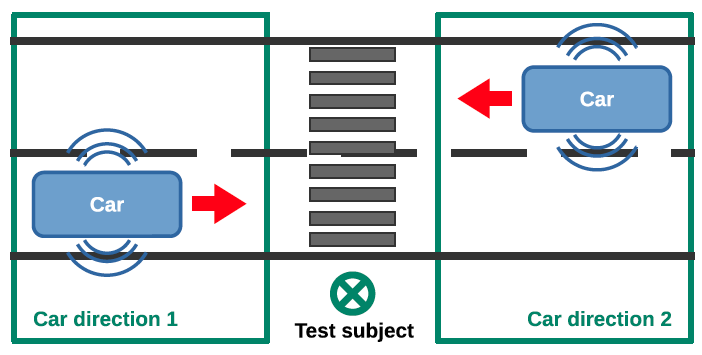
An interactive bi-objective optimisation process to guide the design of electric vehicle warning sounds
Articles dans une revue
Auteurs : Tom Souaille, Jean-François Petiot, Nicolas Misdariis, Mathieu Lagrange.
Publié dans : Design Science
Date de publication : 2022
Interactive genetic algorithmSubjective evaluationElectric vehicleSound designMulti-objective optimization